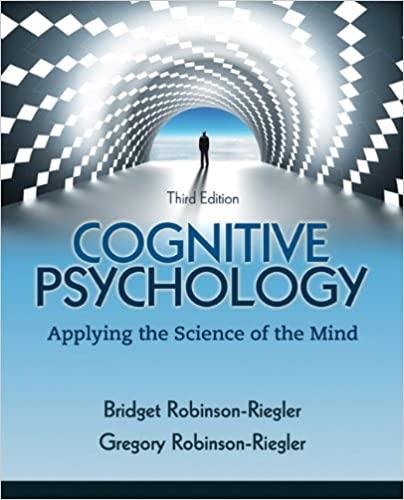Question
Provided an example of how you could adopt culturally safe practice/s that incorporate principles of social justice and a strengths-based approach to Alice's care 400
Provided an example of how you could adopt culturally safe practice/s that incorporate principles of social justice and a strengths-based approach to Alice's care 400 words
Case study:
Alice's story (A teenage Aboriginal youth from the Wiradjuri nation)
After being referred by her GP, Alice presents to the local mental health service with anxiety symptoms. She says these have been present for her 'whole life' but have been harder to control in the last year, and they 'have gotten much worse' since she began her HSC year at school. Alice describes that she is consistently 'worried' about things. She is concerned that the worry is getting harder to dismiss and would like some strategies to help manage her worries. Alice's GP has ruled out any medical causes for her presentation.
Alice grew up in inner-city Sydney, which she loved. She reports she was a 'bright and happy' child, but recalls worrying about things like school, making friends, staying over at friends' houses, and the health of her family. She reports excelling in school and extracurricular activities and was advanced in meeting her developmental milestones.
Alice is the eldest of three children, and now lives with her mother and father in a small rural town after Alice's mother was relocated for work last year. Alice is now completing her final year at a new school. Alice's teachers have expressed their concern that her school performance is deteriorating, that she is not paying attention in class, and that she is not getting her work in on time.
You are the nurse taking Alice's history, Alice talks about her disturbed sleep patterns, nightmares, and sudden tears during the interview while acting agitated (constantly wringing her hands and jerking her lower extremities). Alice expresses during the conversation her deep sadness over having to leave Sydney, her friends and country.
Alice reports she is constantly worried about everything, including making decisions. A risk assessment reveals that Alice has no significant previous history of risk and no recent thoughts, plans or symptoms of self- harm and no risk identified to others.
Step by Step Solution
There are 3 Steps involved in it
Step: 1

Get Instant Access to Expert-Tailored Solutions
See step-by-step solutions with expert insights and AI powered tools for academic success
Step: 2

Step: 3

Ace Your Homework with AI
Get the answers you need in no time with our AI-driven, step-by-step assistance
Get Started


